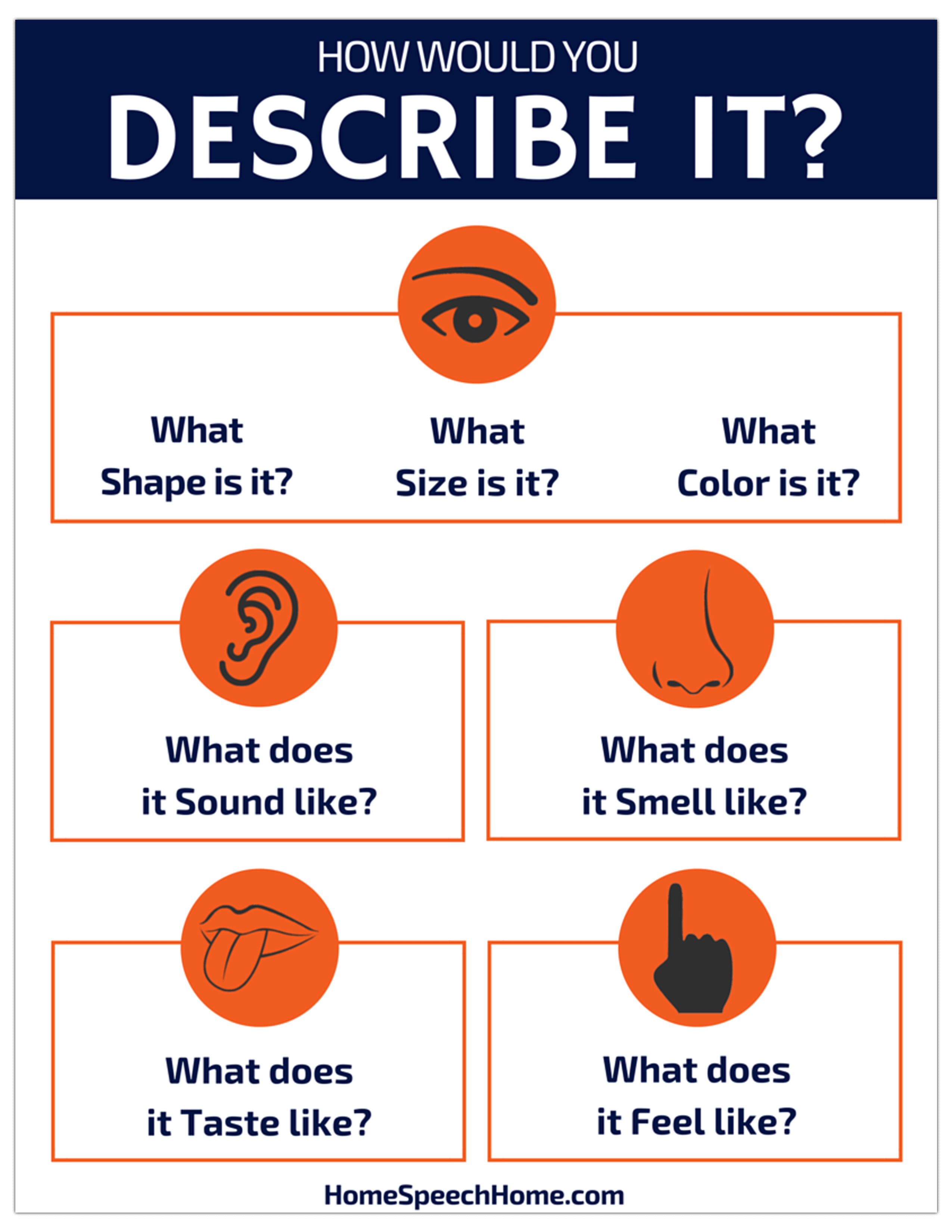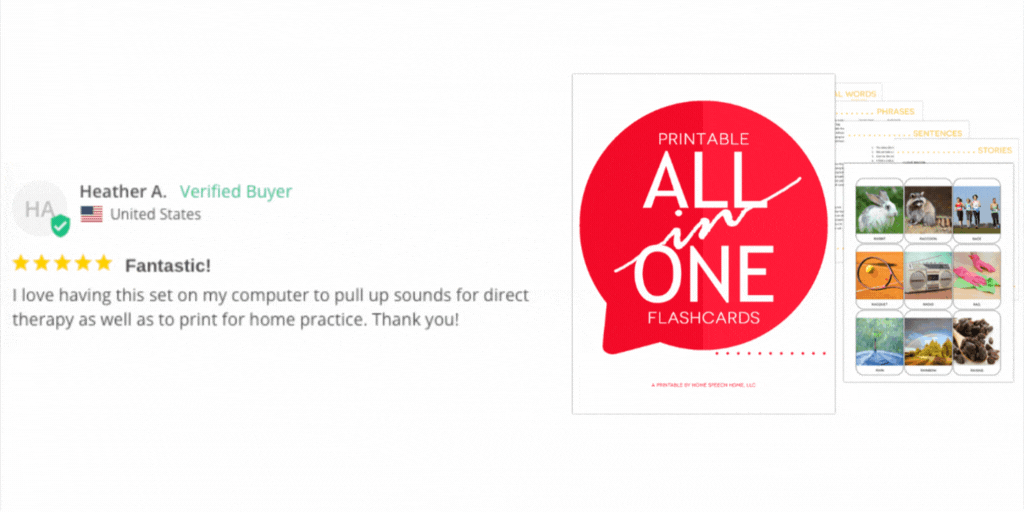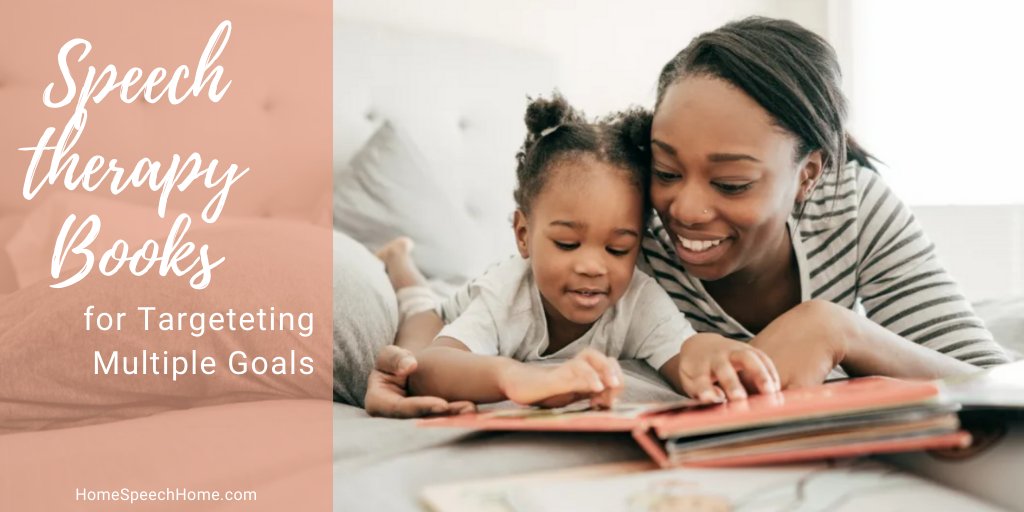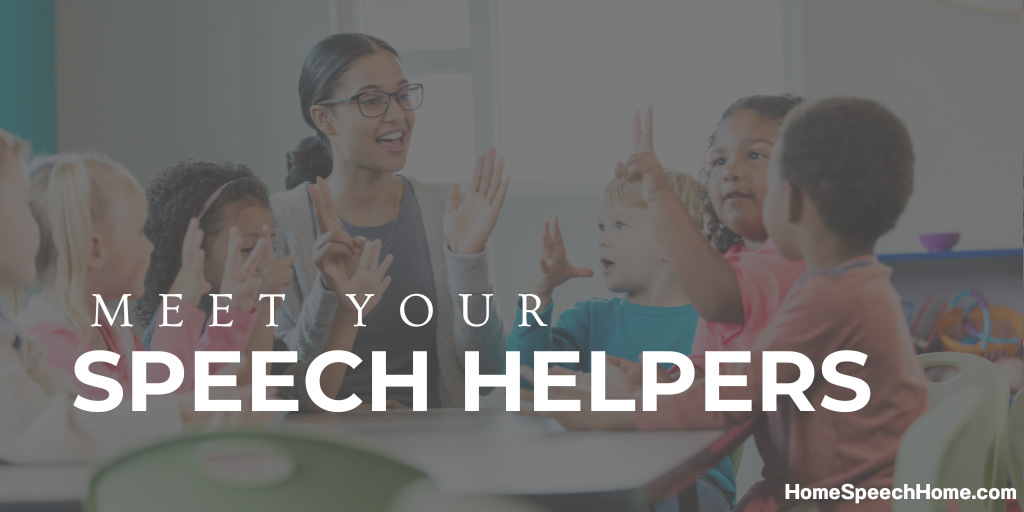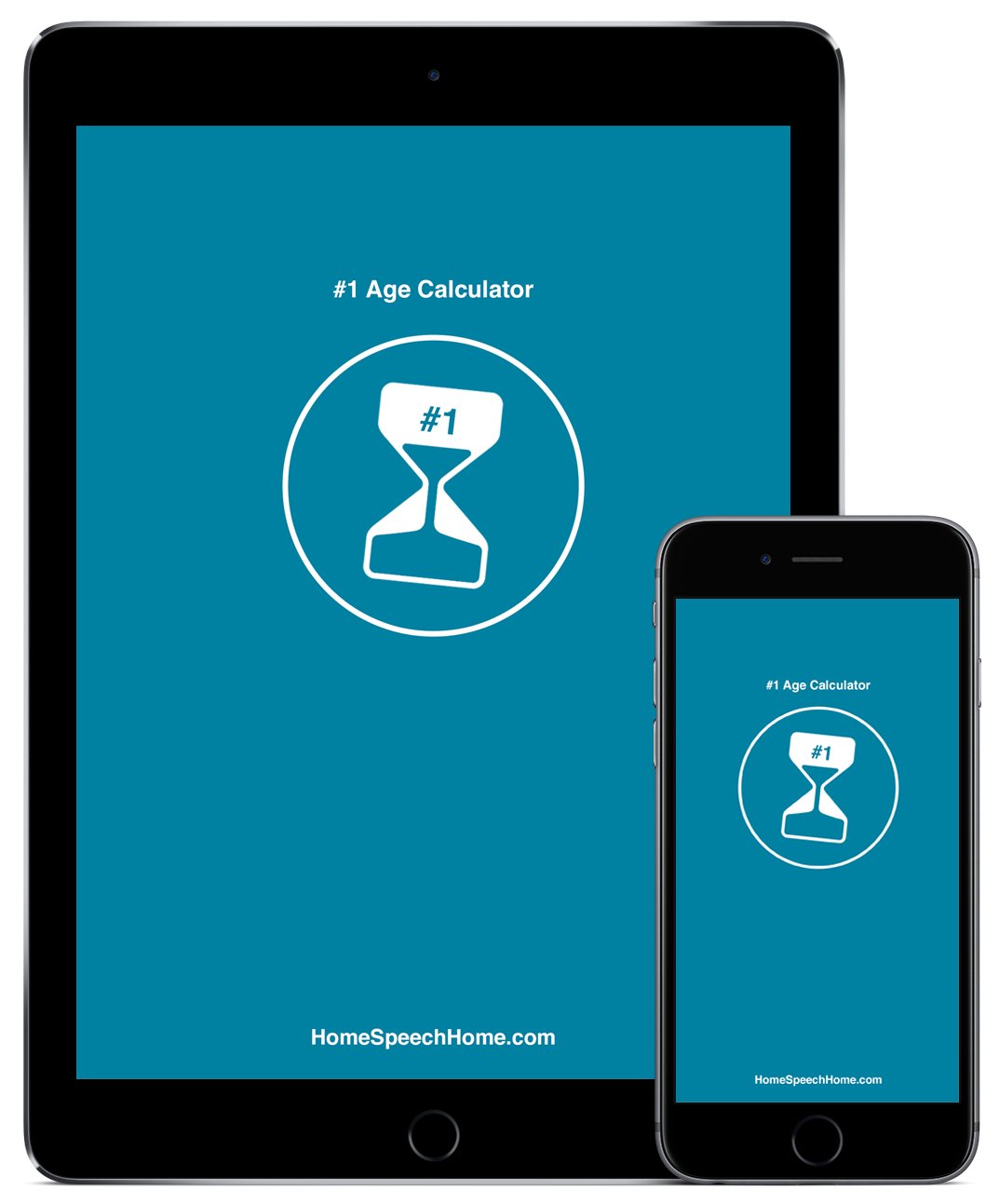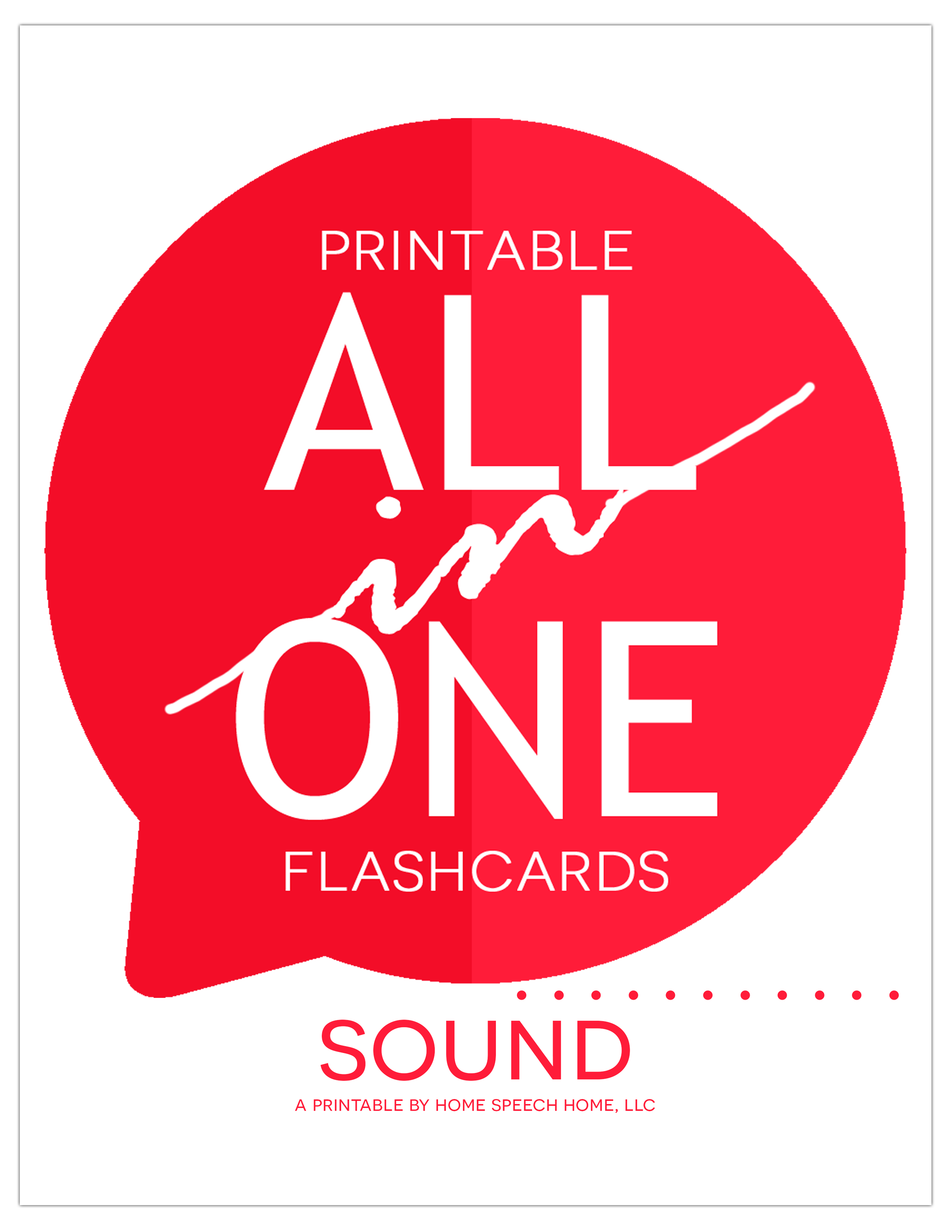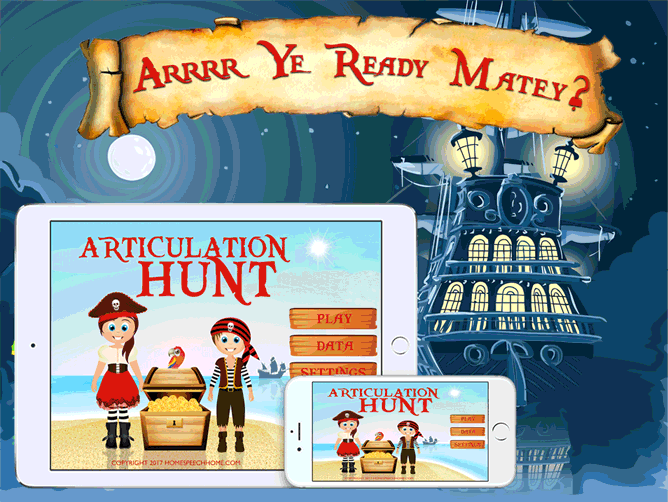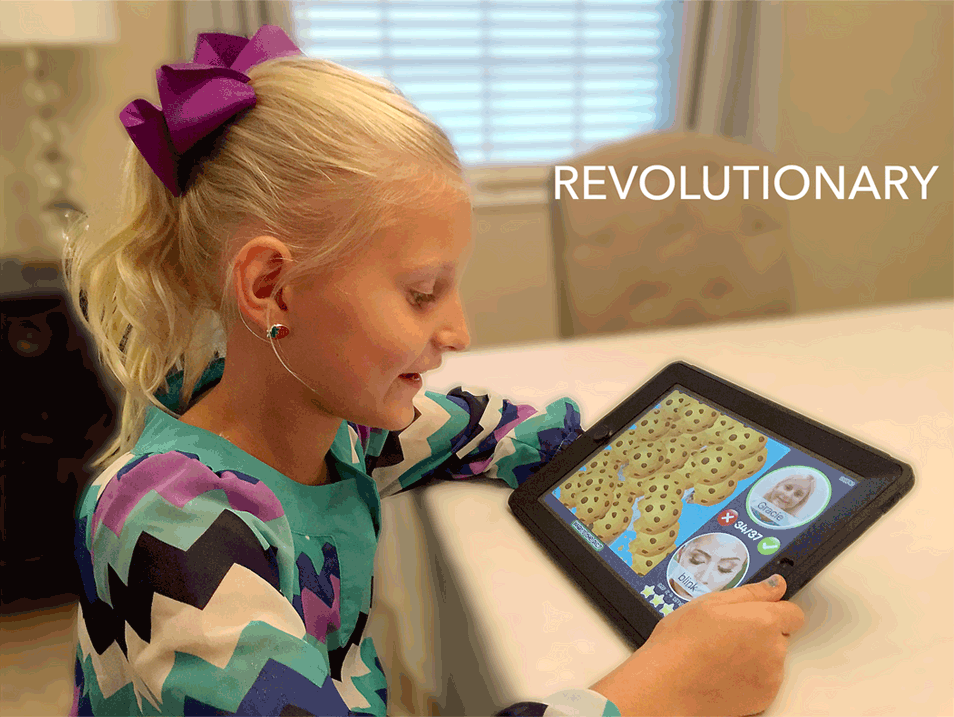Things that Go Zoom!
Therapy Activities for Receptive & Expressive Language
Kids of all ages love things that go ZOOM! Here are some speech therapy activities that will get their wheels spinning.
Expressive Language
1. Describing
Show the children these pictures. Ask them to describe one picture at a time using rich descriptive language and you have to “guess” which picture they are describing.
For children who need a little more assistance using descriptive language, show or give them a copy of this helpful handout for describing.
This can be used simply as a visual reference to help them, or they can write down information before saying it aloud.
This type of visual feedback is very helpful!
Send 3 blank worksheets home for homework and ask the parent to choose 3 items around the house for the child to practice using descriptive words.
When the homework is returned, see if you can guess what the child was describing before they tell you what the item was!
SEE ALSO: Crush Therapy Goals with the All in One Printable Flashcards
2. Story Telling
There are many children’s books about planes, trains, trucks, and cars. I am sure your school library is stocked with them.
Two of my favorites are...
The Little Engine That Could by Watty Piper
Read a story and ask the child to retell it depending on their goals.
3. Creative Language
Talk about the details of the child’s dream car.
The sky is the limit!
What different functions does it have, what crazy color scheme etc. (My little girl wants a pink jeep that has makeup compartments and glittery seats and plays Frozen music all day!)
Creativity is the key with this activity.
If time permits, the child can draw a picture of their whimsical car (Or write a descriptive paragraph) and take it for homework to describe it to their parents.
SEE ALSO: The Best Free App for Speech Therapy
Receptive Language
1. Listening to Details
Using the pictures provided, describe one at a time and see if the child can guess which car you are thinking of.
This activity can be done without the pictures as well (so you can expand your options).
Describe all types of automobiles to the child.
This could include airplane, boat, farm equipment, train, subway, semi truck, ambulance, fire truck, cab, garbage truck, police car, etc.
2. Following Directions
Give the child a toy car or truck. Then ask them to follow these instructions:
- Make the car drive in a straight line.
- Make the car drive in a circle.
- Now make the car drive in a circle in the opposite direction.
- Make the car drive backwards.
- Make the car drive in the shape of an “L”.
If these one step directions are too simple, give two or three instructions at a time:
- Make the car drive straight and then turn right.
- Make the car zig zag and then drive straight.
- Make the car drive in a circle and then a square.
- Make the car drive off the table and then place it on your paper.
- Make the car drive backwards and then spin in a circle.
For more advanced goals, provide two cars, give them coinciding directions such as “Make the blue car drive straight and the red car drive in a zig zag.”
Sorting/Categorizing
1. Using Toy Cars
I don’t know about you, but I have a toy box full of little toy cars, all different colors and models. If you do not own toy cars, they are very easy to come by and fairly inexpensive.
Bring an assortment of toy cars to therapy and lay them on the table.
(If you do not have access to toy cars, you could also print small pictures from your computer and cut them out). Have the child sort them by color or size, or even model.
2. Using a Chart
This is a very fun activity to get out of the therapy room.
Print page 2 of this chart and give it to the child with a clipboard and a pen (or make something similar).
Then head outside to the parking lot.
Choose a row of cars to start this activity; a whole parking lot would be overwhelming to start with!
As you walk with the child, have them put tally marks in each appropriate box.
Once back in the therapy room, you can do many things with the information you gathered.
You can simply count the number of each color of vehicle and have the child tell you which colors had the highest and lowest amounts, you could make a table or a chart document the numbers, or you could figure out percentages for a higher level goal.
This activity will need to be tailored to the individual goals of each child.
This chart could easily be sent as homework to do with parental involvement.
A similar blank chart could be sent for the summer and used during road trips, trips to the grocery store and other outings.
This type of activity is not limited to cars!
You might also like:
Synonyms/Antonyms
Read these sentences to the child and ask for the Antonym:
- My car is fast!
- The train is long.
- The horn is loud.
- The truck is black.
- The car is dirty.
- The train moves slow.
- The boat is quiet.
- The semi truck is short.
- My car is very clean.
- The airplane is white.
You can make similar sentences using the following synonyms…
fast quick
dirty filthy
small little
big huge
shiny glossy
loud noisy
quiet faint
tire wheel
trip journey
plane jet
Return to top of Things that Go Zoom

About the Author
Lindsey is an M.S. CCC-SLP from Salt Lake City, UT. She received both her B.S. and M.S. from Utah State University. When she's not chasing her 5 crazy kids around, she enjoys creating engaging speech therapy ideas and materials. Read More
Special Deals and Activities, Oh My!
Sign up for Terrific Therapy Emails
Your information is 100% private & never shared.

